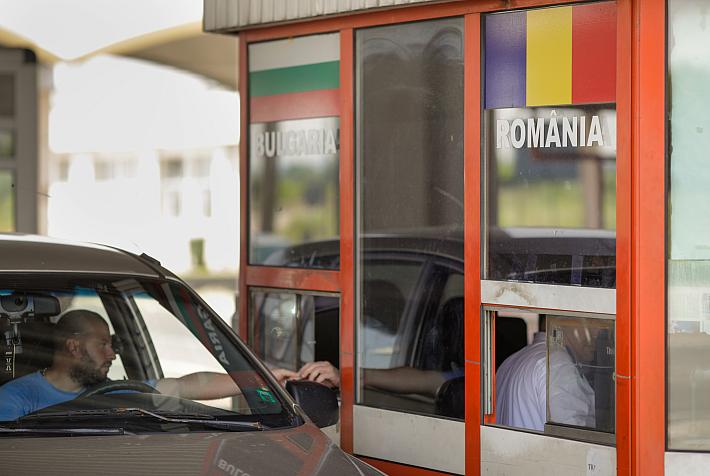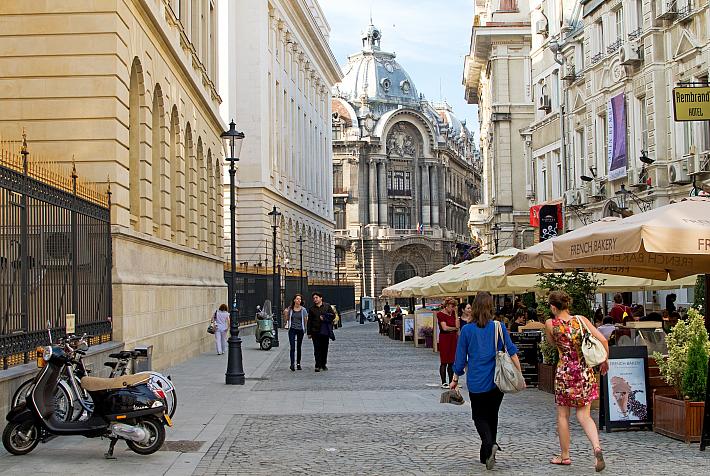Unemployment in Romania eases slightly in November

Romania's ILO unemployment rate remains among the lowest in Europe - 5.1% in November, for the 15-74 age bracket, down from 5.2% one month before. The rate is slightly higher compared to 4.0% in November 2019.
The number of working-age people actively seeking jobs increased by 30% year-on-year to 461,689 in November, News.ro reported. The rise was steeper (+44%) for the 25-74 age bracket where the unemployment rate is lower: 4.1% in November, up from 2.9% one year earlier.
Migration, education (not providing the necessary skills), and low wages contribute traditionally to Romania's low unemployment. None of these factors has changed recently enough to reverse the trend.
Moreover, low-skilled workers have to choose between the minimum wage and the social security benefits according to existing regulations. One of the reforms proposed by the European funds' minister Cristian Ghinea is changing the social security benefits system to encourage this category of people to accept low-paid jobs while still getting some kind of social security benefits.
The share of the young population not in employment, education or training (NEETS) made up 17.3% of the population aged 20-34 in Romania in 2019 - the fourth biggest share after Italy, Greece, and Slovakia.
iulian@romania-insider.com
(Photo source: Pexels.com)













